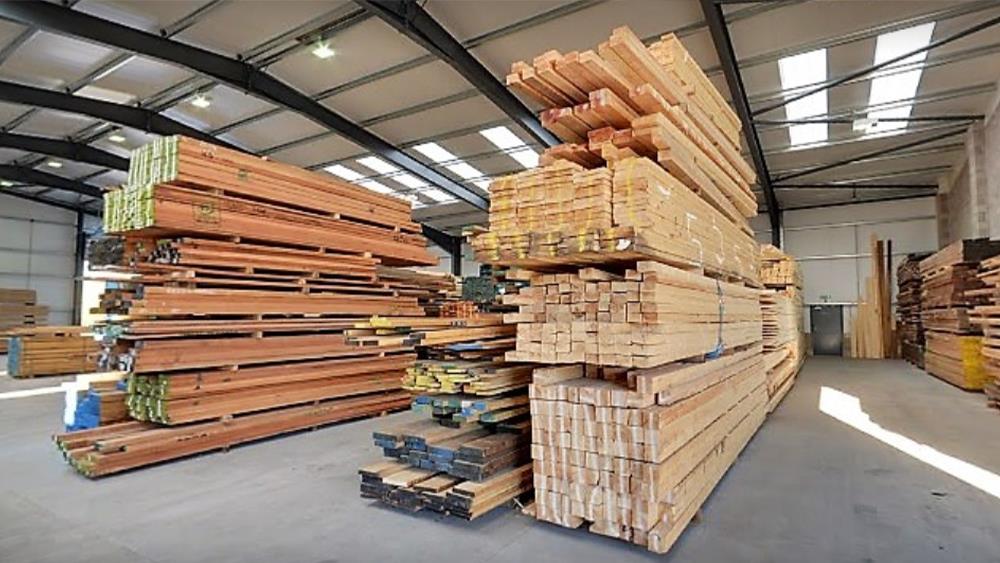

Timbersource Managing Director, Stuart Kemp, highlights the key challenges faced by joinery manufacturing in 2022.
2020 through to 2021 were challenging years in the timber industry with many struggling to source the right materials for their projects due to supply issues across the globe.
Here we share two key challenges the industry is set to face as well as examples on how to overcome them and turn 2022 into a successful and profitable year in the trade.
Rising wholesale costs on different timbers
Towards the back end of 2021 there was a sharp increase in timber prices, and this had a big knock-on effect with firms around the UK who continue to feel the aggregate effects of the pandemic in 2022.
UK housebuilders could have to pay an extra £3.2 billion per year to cover the costs associated with new builds, rising energy prices are set to contribute to another tricky year in the industry as materials become less readily available.
Joinery firms will have to face the challenge head on of sourcing cut to size and pre-cut timber at a reasonable price that can fit in with the requirements of the project, increased flexibility will help you deliver for clients and keep business moving in 2022.
Being able to source quality timber that matches build requirements could mean the difference between success and failure in 2022. Research published by Timbersource broke down some of the easiest to source Timber’s in 2021 based on aggregate data across our client base, we will look to rerun the research in 2022 to determine if there have been any significant changes in the types of timber most readily available across the industry.
Longer lead times which could push back project deadlines
Longer lead times were a big theme of 2021 which look set to continue into 2022 as the demand for timber continues and the supply continues to experience troubles.
Specialist timber firms that can be flexible when it comes to order size and delivery specifications may be worth their weight in gold in 2022.
Despite the challenges when it comes to longer lead times within the industry, there are some ways you can adapt your supply chain to increase its flexibility.
Keeping some of the points above in mind when you are sourcing timber for your projects will help massively when it comes to delivering projects for your clients that will keep the relationship strong and you satisfied with the result.
So what can joinery manufacturing firms do?
The challenges listed above have the potential to negatively impact your projects at the expense of customers, if you want to stay as resilient as possible to the potential sticking points then flexibility is the best policy.
A key thing to consider when looking for a timber supplier in 2022 is to make sure they are set up to support you on the legwork. Joinery manufacturers need the time to focus on the product and care for their customer.
It may be the case that a more in-supply timber is a perfect fit for your joinery needs, so it is always worth keeping an ear to the ground to try source timber from sustainable but practicable sources.